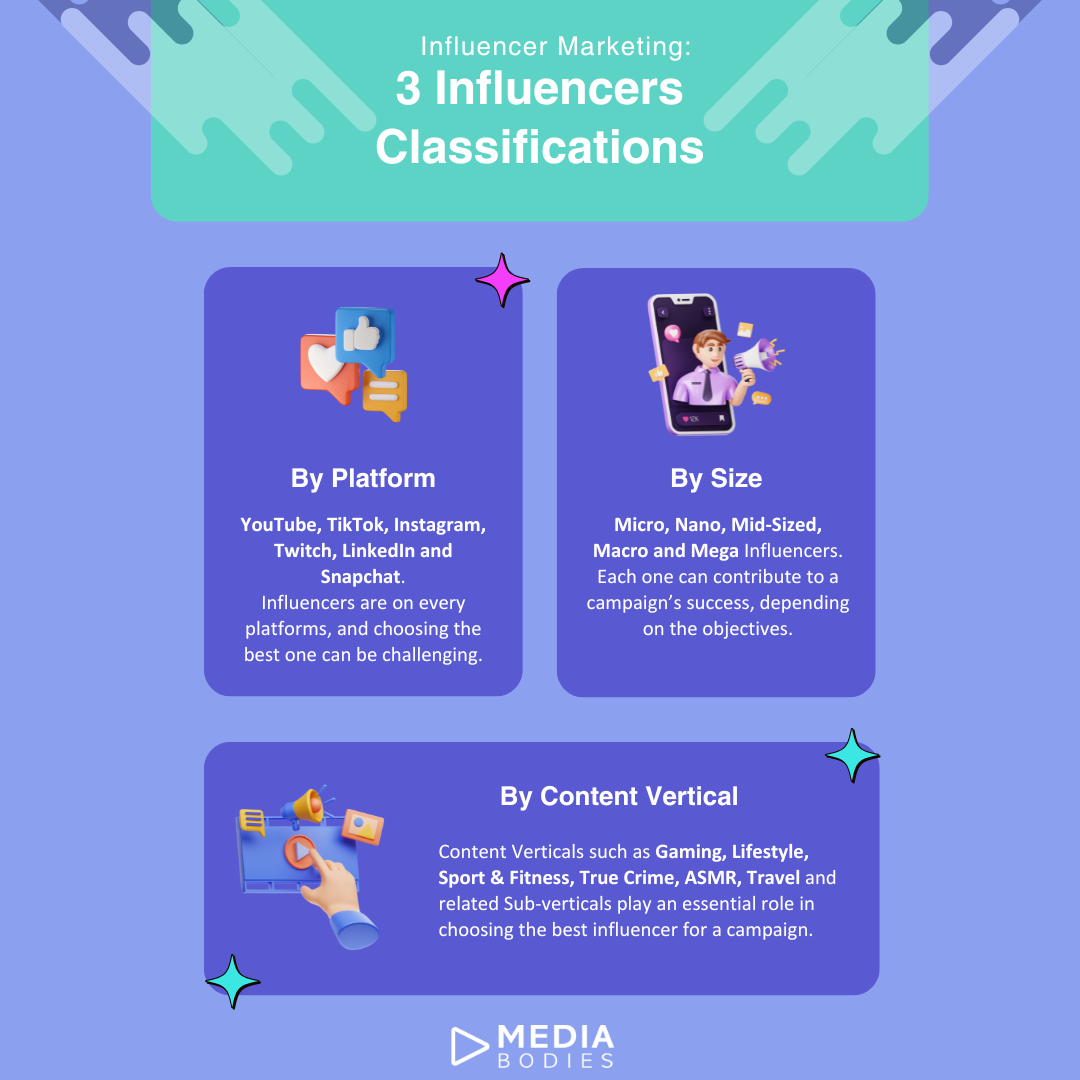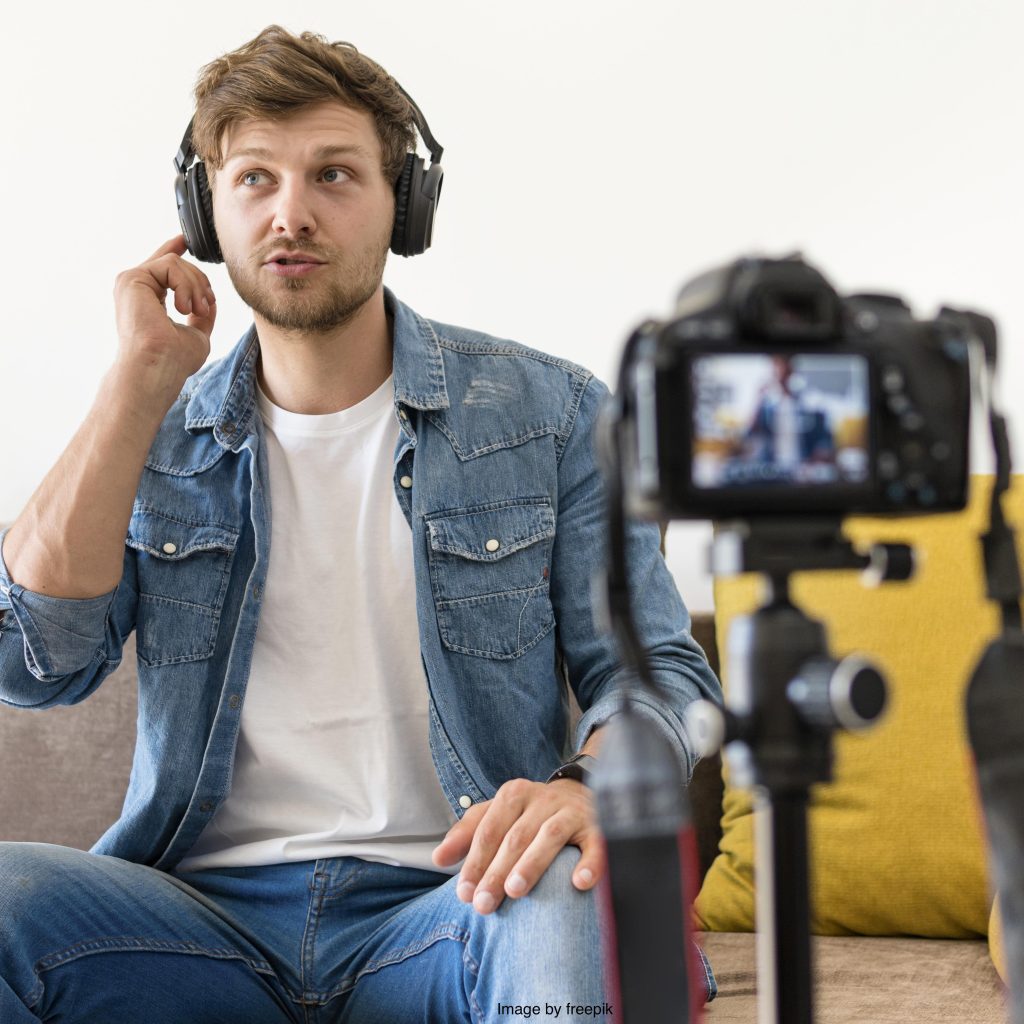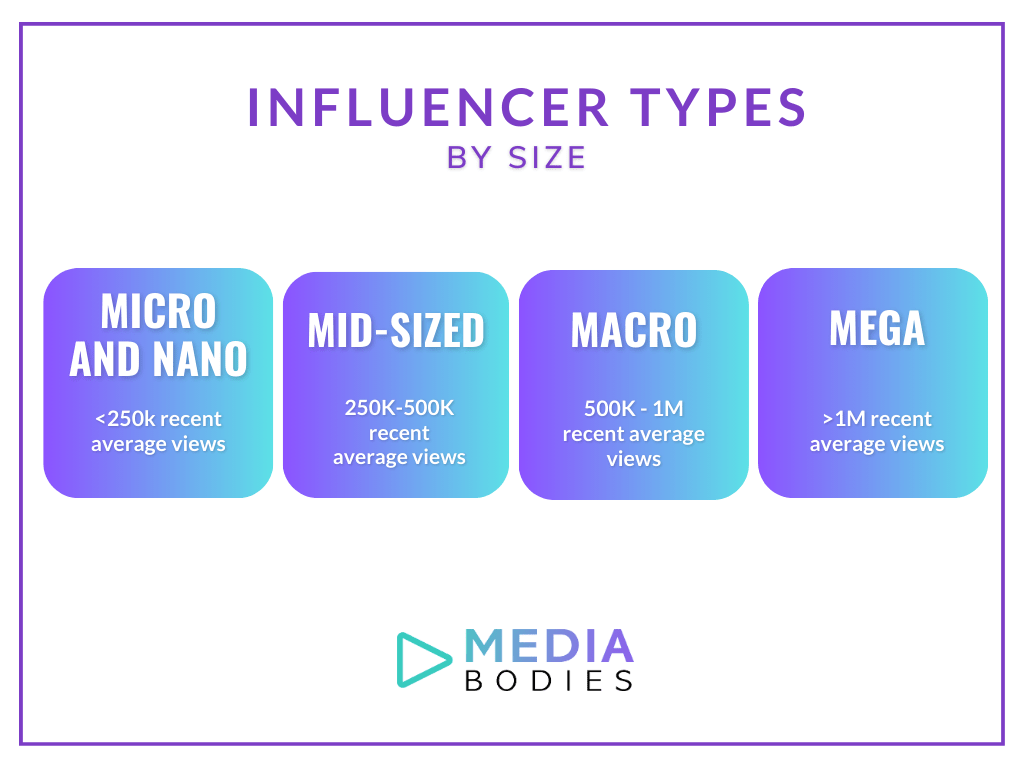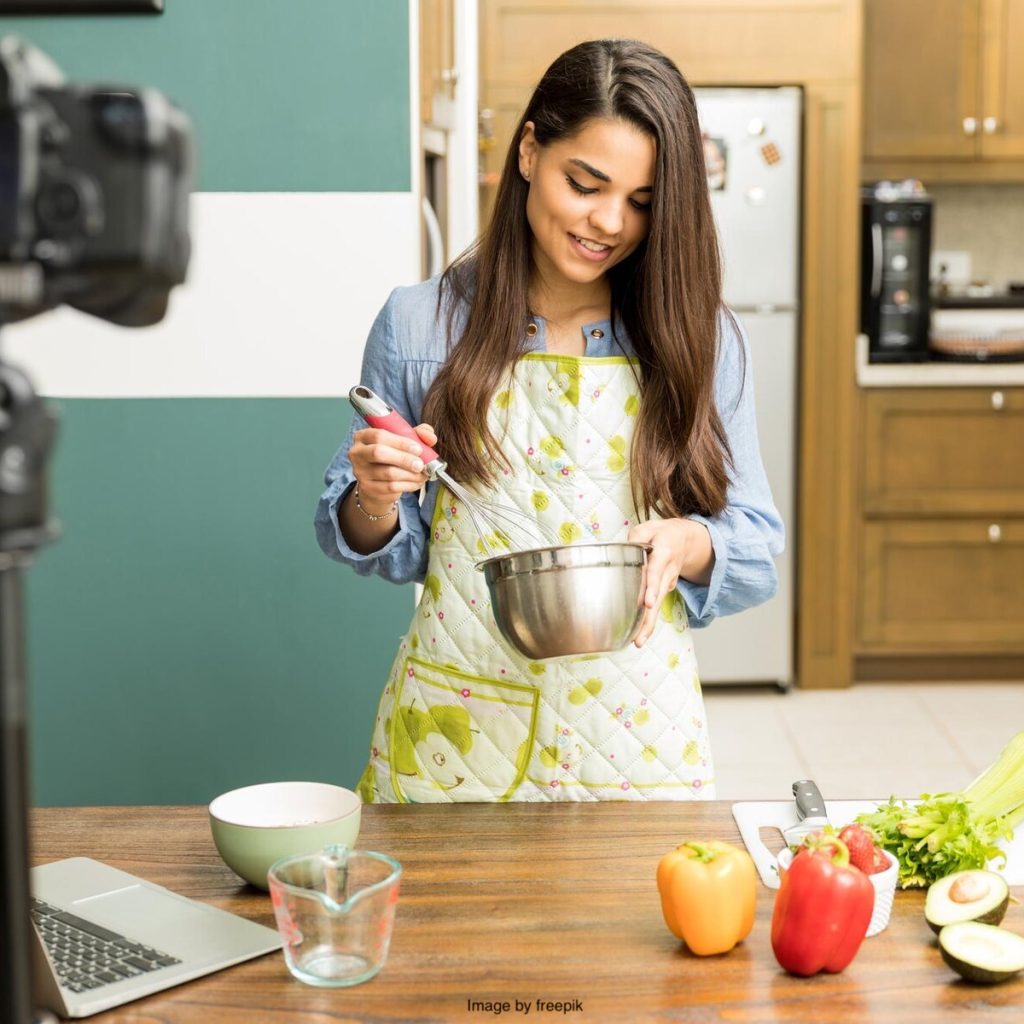How to classify influencers and choose the right type for your campaigns

In recent years, Influencer Marketing emerged as a popular topic in marketing discourse, with more teams looking to invest in it.
However, in a rapidly evolving social media landscape, Influencer marketing can be intimidating to approach. From finding the right type of Influencers to measuring Influencer Marketing campaigns, making the most of a channel depends on optimising many aspects of it.
To learn more about Influencer Marketing read our Essential Guide to Influencer Marketing.
For teams completely new to Influencer Marketing, it’s important to actually understand the fundamentals of the influencer ecosystem before getting into the nuances of campaign optimisation.
There are various ways to define the types of influencers.
Influencer marketing is a versatile medium, and different marketing objectives can be achieved using influencer collaborations. This means there are a multiplicity of parameters based on which it’s possible to categorise influencers.
This could be based on:
- The platforms on which they create content
- The extent of their reach
- Their content verticals- that is, the topics on which they create content.
In this article, we give you a comprehensive overview of the Influencer ecosystem – from various ways to categorise influencers into different ‘types’ and why this categorisation is important; to ways to choose which type of influencer is best for your influencer marketing campaign.

Contents
-
- Types of Influencers by Platform
-
- Types of Influencer by Size
-
- Types of Influencer by Content Verticals
-
- Why is it important
-
- Frequently Asked Questions (FAQs)
Types of influencers by Platform – Tiktok, YouTube, Instagram Influencers
In today’s hyper-connected world, there are YouTube Influencers, TikTok Influencers, Twitch Influencers, Instagram Influencers, – even LinkedIn and Snapchat Influencers. Each platform has its own unique influencer ecosystem, and this can make it challenging to navigate.

There is often a correlation between the audiences and reach of the same influencers across various social media platforms. For instance, big YouTube influencers may have a strong following on Instagram too. But this doesn’t mean their sponsored content has the same impact across channels.
You may also find some platforms like Instagram or TikTok have an abundance of choice when it comes to influencers. This is because the content formats supported by these platforms are easier to produce and distribute. Images and short-form video content require less planning, pre & post production, and are easier to quality control. This means they have a lower barrier to entry for creators. This is why you might find there are more Instagram and TikTok influencers to choose from compared to platforms like YouTube or Twitch.
How do you choose which platform is best for your campaign?
This is a complex question. It involves careful consideration of your product features, target audience, budget, wider campaign objective and KPIs, amongst other factors.
Photo vs Video creators for influencer marketing
Instagram posts, in-feed or stories, tend to be more cost effective. This makes them a good option for lower involvement, material products using appeals driven more by aesthetics than functionality. Some examples are jewelry, fashion, art and memorabilia, home decor, etc.
Video-first platforms like TikTok are also trying to grow the image-only content opportunities. But these types of influencer integrations can have limited opportunities, and may not stimulate the level of engagement that a purchase may demand.

Video ads tend to draw higher engagement and better ROI1. This makes them better suited for promoting higher monetary or cognitive involvement products.
Video content also allows deeper storytelling and a more authentic portrayal of the integration of products into their lifestyles. This can significantly impact the effectiveness of an influencer collaboration.
From a branding and performance perspective therefore, video integrations may be a better option. But which platform is best for video-based influencer ads? Yet again, this comes down to the above considerations.
Tiktok vs Instagram vs YouTube
Shorter form video content like Reels, YouTube shorts and TikTok are typically cheaper, organically discoverable, and get wider reach due to viewers’ scrolling habits. YouTube, meanwhile, may be a more effective platform for higher involvement purchases and community building.
What are the benefits of working with TikTok influencers?
With more brands picking up short form video advertising3, TikTok is the platform that seems geared for major growth. The entertainment-first content and virality potential offered by this platform makes the content highly digestible for shorter attention spans.
This increases the overall time spent on this platform, and makes these types of influencers a great way to reach younger audiences, considering its majority 18-34 aged user base4.

However, TikTok’s short form video and increasing commercialisation5 does present risks for sponsored segments contributing to the ad fatigue. But the low barrier to entry for creators means there are far more of these types of influencers to choose from, with more options at cost-effective rates.
What are the benefits of working with YouTube influencers?
YouTube has less competition from other sponsored segments compared to TikTok because of the longer format and of higher quality production6. This means we consumer fewer YouTube Videos in a single session compared to TikTok.
Additionally YouTube viewers may potentially by more loyal as opposed to virality and trend driven popularity of TikTokers.
Finally, YouTube offers opportunities for creators to incorporate deeper storytelling into content. This can help cultivate stronger parasocial relationships and improve their influential power and the effectiveness of brand collaborations.
YouTube users also typically tend to be older than TikTok and Instagram users. Majority YouTube users are aged 25-447, making these types of influencers a great medium to reach an older audience. The landscape orientation of YouTube videos can also allow the integration of features like QR codes. This accounts for emerging user habits like simultaneous device usage and increase the convenience of a purchase journey.
Types of Influencers by size
What are Micro Influencers, Mid-sized Influencers, Macro-influencers, and Mega Influencers?
The micro-influencer vs mega-influencer debate is one of the most prominent topics in the Creator Economy discourse today. But before considering this question, is it key for teams to understand who these micro and mega influencers actually are.
Nano, micro, mid-sized, macro, and mega influencers are influencers classified by the extent of their reach. This type of influencer classification is important to maintain CPM targets and ensure budgets are appropriately allocated across creators and content verticals.

An important consideration when understanding and categorising influencers on this basis, however, is that followers are not equivalent to recent average views. Examining follower counts over recent average views can lead to campaign reach being misrepresented8. This can lead to high CPMs and ultimately, poor ROI.
At Media Bodies, we consider:
-
- Micro and Nano Influencers: <250k recent average views
-
- Mid-Sized Influencers: 250k-500k recent average views
-
- Macro Influencers: 500k-1M recent average views
-
- Mega Influencers: >1M recent average views
It is important to note however, that the parameters for defining these types of influencers may vary. This is because different teams may have a different benchmark for these categories of nano, micro, mid, and mega-influencers.
Which type of influencer is best – micro or mega influencer?
Just like with deciding on the right platform for your campaign, this choice also involves a consideration of various criteria. This includes factors like product features, budget, wider campaign objective and KPIs.
A key consideration is that while micro influencers significantly outnumber mid-sized to Mega Influencers; the distribution of views is converse. Mid-sized to mega-influencers represent 63% of views9 making it important to tap into them to reach scalability and profitability.
However, whilst some bigger creators’ have more of an aspirational quality, many smaller to mid-sized influencers have a strong influential power due to their relatability10.
In fact, Micro and mid-sized influencers’ audiences tend to be more engaged and invested11, since their lifestyles are more relatable and attainable. This makes these types of influencers great for driving actual purchases and more performance oriented objectives.
Nonetheless, the more aspirational quality of mega-influencers can be great for brand awareness and impression-related objectives. And there are indeed brands which have achieved success with both.
While micro-influencers’ communities are highly engaged, their average viewership is typically too small to generate visible organic uplifts in performance. This makes it difficult to successfully attribute the impact to the influencer marketing campaign unless it’s done at a massive scale. And working at scale with micro influencers is typically extremely time consuming and laborious.
Ultimately, best influencer marketing practices involve a healthy mix between these types of influencers.

Why a mix of all influencer sizes is best for insights & scalability
Producing a visible organic uplift is key for attribution and scalability. This makes mid to mega sized influencers an important part of an influencer marketing strategy. For instance, consider an average conversion rate of 0.7% for a micro creator with 30,000 average views. This is still less than conversions reached with a mid-sized creator with 0.3% conversion rate and 250,000 average views.
That said, micro-influencers can be really valuable for reaching niche and engaged audiences at low CPMs, and improving overall campaign ROI. For instance, a modest budget can only allow you to work with 1-3 mid / mega sized creators. And if they have a 0.3% conversion rate as above, the ultimate campaign ROI would not be encouraging. Neither will you have sufficient data to draw insights about the potential of content verticals to inform your future strategies.
Therefore the ideal scenario is to create a mix of various types of influencers based on their reach. This will generate sufficient uplift in organic conversions whilst maintaining a favourable CPM. This also allows working at scale while testing new content verticals to draw insights about more potential areas for scalability.
What are the types of influencers by content vertical?
Another key way in which the types of influencers can be classified is by content vertical. This is a more specific consideration which will likely come further down the line once you have established the basics in the influencer selection process.
What are content verticals?
Content verticals essentially refer to the main theme or topic around which the influencer’s content primarily revolves. While there are some broad content verticals under which most influencers can be categorised- like Gaming, Lifestyle, Sport & Fitness, True Crime, ASMR, Travel, and so on, these verticals can be further broken down into smaller sub verticals. For instance, gaming can be broken down into Minecraft gamers, Retro gamers, Roblox gamers, Fortnite gamers, and so on. It’s worth noting that there are no standard labels for these types of influencer sub-verticals. Therefore these may differ from one team or even person to the next.

How to decide which content vertical to target
Following the best practices for finding the right influencers can provide a good foundation for establishing broader content verticals. This includes specifying target audience interests, competitors’ activity, and product features.
There will always be a fundamental broad content vertical that will be the obvious first target for a brand. For instance, a makeup brand will look to beauty influencers. Similarly, a jewelry brand will first approach fashion influencers, a supplements brand will look at fitness influencers, and so on.
However, there may be some unexpected verticals or sub-verticals you may not immediately think about that might produce great results. For instance, if you’re looking to promote a new saucepan, it is likely you’ll first consider cooking or food influencers. But a competitor analysis might reveal your competitors work frequently with a type of influencer you may not have considered- like Mommy Vloggers. As a result, you may decide you want to test this vertical as well.
Why categorising influencers by content vertical is important
Either way, categorising and labelling influencers by content vertical and sub-verticals is essential to establishing a reliable, scalable, influencer marketing strategy. Maintaining a consistent labelling across your content verticals and sub-verticals is critical for analysing campaigns. This is so you can identify which type of influencer is actually driving performance for your brand.
There may be a broad content vertical with both, a specific high performing sub-vertical and another poor-performing sub-vertical. But these differences in performance can’t be identified or accounted for in future iterations if the vertical isn’t clearly established at the outset.

Summarising the Types of Influencers
Evidently there are various ways to define creators, and these means of categorising the types of influencers are not mutually exclusive. For instance, a YouTube influencer can further be categorised as a mega influencer AND a gaming influencer. Alternatively, one can find micro influencers within the gaming vertical on TikTok.
That said, these ways to define the types of influencers are still essential to approach Influencer Marketing with a strategic focus aimed at establishing scalability.
Why categorising the types of influencers is important
Simplifying the search process
Knowing the types of influencers available can enable you to search for the right influencers through more strategic and focused means. Further it allows you to analyse their performance more insightfully.
For instance, you may find fashion influencers produce great performance results on Instagram, but not quite so much on YouTube. Alternatively, you may find the conversion rates for each influencer within your gaming vertical were encouraging, but there were insufficient installs to meet ROI targets. This might require you to consider scaling your budget and working with mid-sized or macro influencers.
Conduct a deeper analysis
Defining these broader influencer types can also help you perform analysis on a more critical level in various campaign iterations. For instance, if you’ve tested nano, micro, and mid-sized beauty influencers and repeatedly seen great results, you can isolate any anomalies with poor results.
You can examine differences in talking points, visual assets, ad length, and so on to identify any potential disruptors that may be impacting the performance of those specific creators. Identifying these additional factors that impact performance can help you take measures to check these factors in future iterations of your campaigns and continually optimise your strategy.
Only when we define and categorise influencers more specifically will we be able to establish patterns in performance and strategically plan ways to scale campaigns in a profitable way.
Want to find out which type of influencer is best for your brand? Book a free consultation with our experts today!

